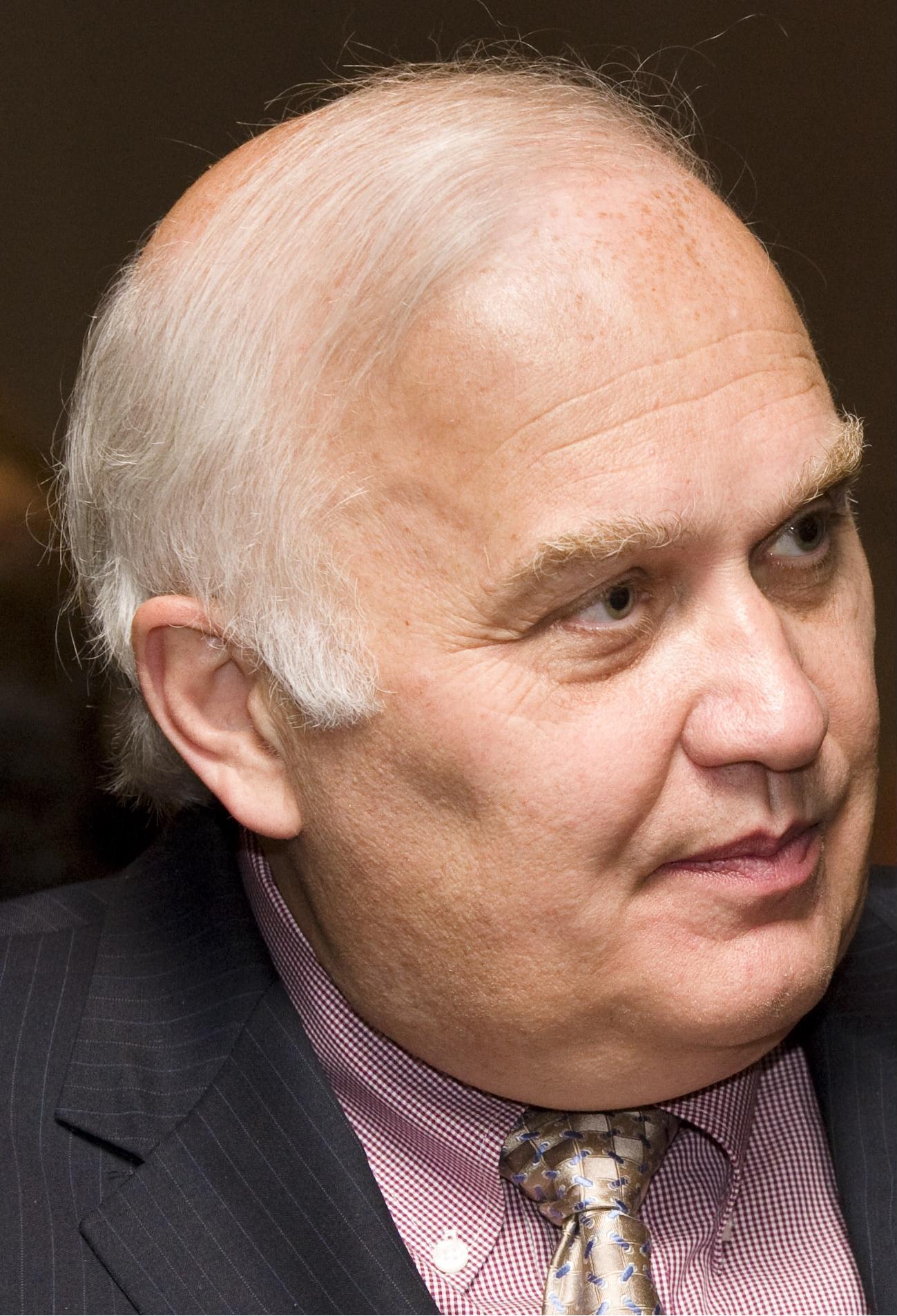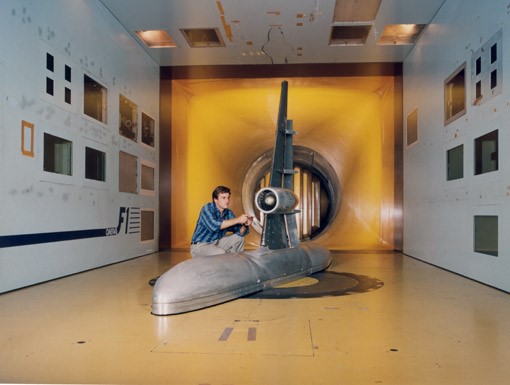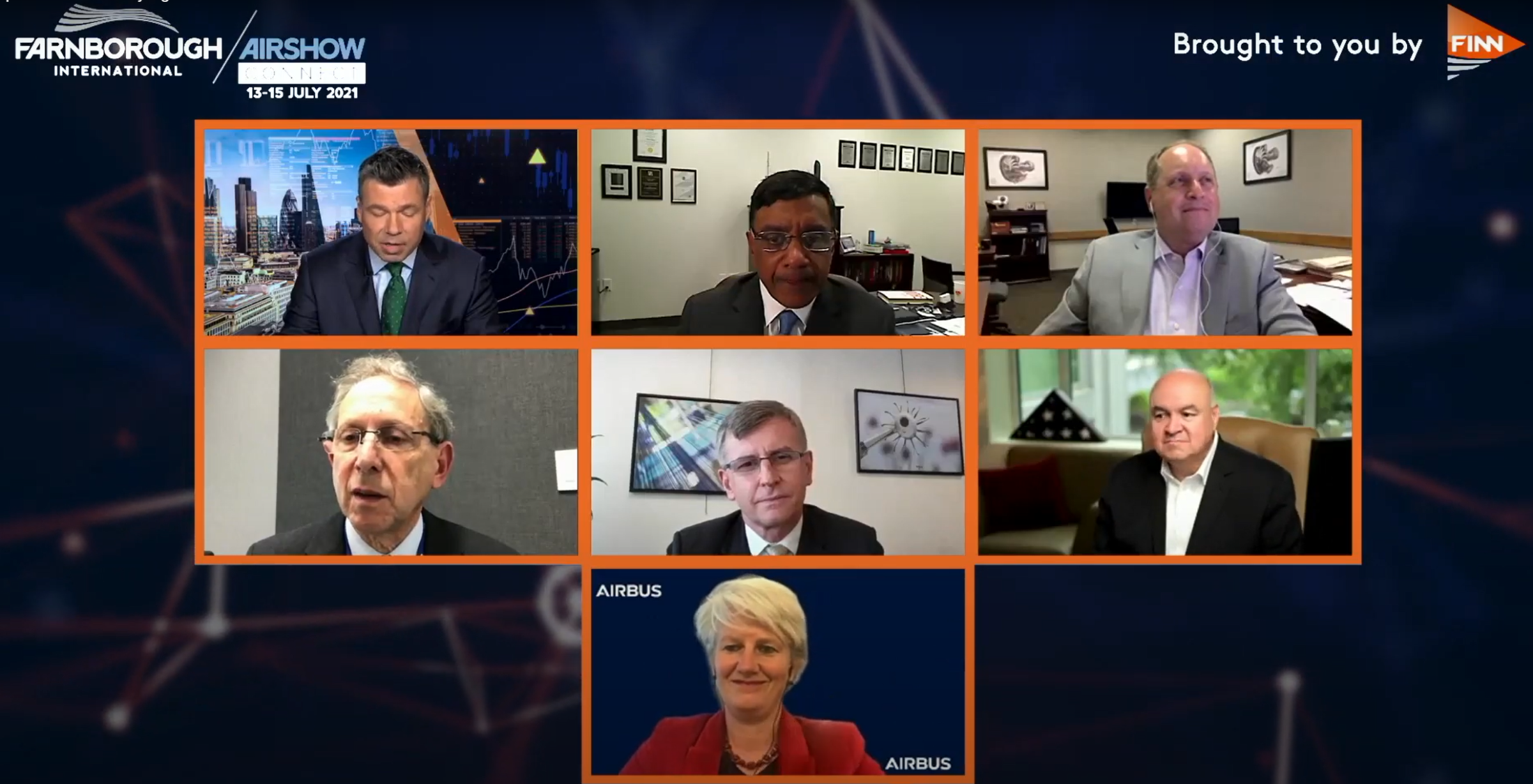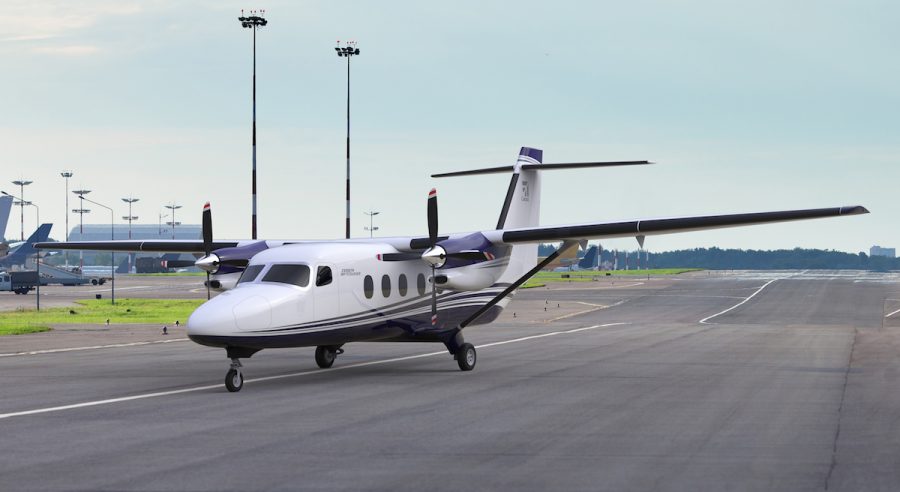Leeham News and Analysis
There's more to real news than a news release.
Bjorn’s Corner: Sustainable Air Transport. Part 4P. Reality checks, the deeper discussion.
Subscription required
January 28, 2022, ©. Leeham News: This is a complementary article to the Part 4. Reality Checks article. It uses data from Leeham Company’s Aircraft Performance Model to develop the relationship between OEW (Operational Empty Weight) and MZFW (Maximum Zero Fuel Weight) compared with MTOW (Maximum Take-Off Weight) for 74 airliners in the model.
The article also discusses in more detail what’s the reasons behind large weight misses for new projects and how it’s handled.
Bjorn’s Corner: Sustainable Air Transport. Part 3. Low hanging fruit.
January 21, 2021, ©. Leeham News: Whatever is done in terms of new Sustainable technology for the aircraft, will have a limited influence on the amount of Greenhouse gases that Air Transport emits before 2050.
We will only get the new aircraft types into operation about 15 years before the deadline and with, on average, 100 to 200 aircraft per year. That’s 1,500 to 3,000 of the total of 25,000 aircraft that operate in our skies daily. It will not reduce our Greenhouse gas emissions significantly.
Sustainable Aviation Fuel, SAF, will help, but only when it’s available in quantity and to a reasonable cost. We can do things that have a much faster effect, and that’s how we manage our flights.
Bjorn’s Corner: Sustainable Air Transport. Part 2. The problem to solve?
January 14, 2021, ©. Leeham News: Before we dig into the different alternatives we have for more Sustainable Air Transport, let’s look at the problem and its sources.
Figure 1 shows the emissions of CO2 per person since 1900 and the rise of the world temperature. The increase in world temperature changes the weather, with increased weather-related emergencies in recent years.
Bjorn’s Corner: Sustainable Air Transport. Part 1. A deeper look.
January 7, 2022, ©. Leeham News: We finished a 34 article series before Christmas about the enormous work involved to get a new aircraft certified for passenger transport.
It was a background article series to the one we start now, a deeper series on what’s involved in designing air transport vehicles that are less polluting for our environment. We have seen a landslide of such projects in the last years, and from an experienced aircraft designer’s desk, most of these are doomed for failure.
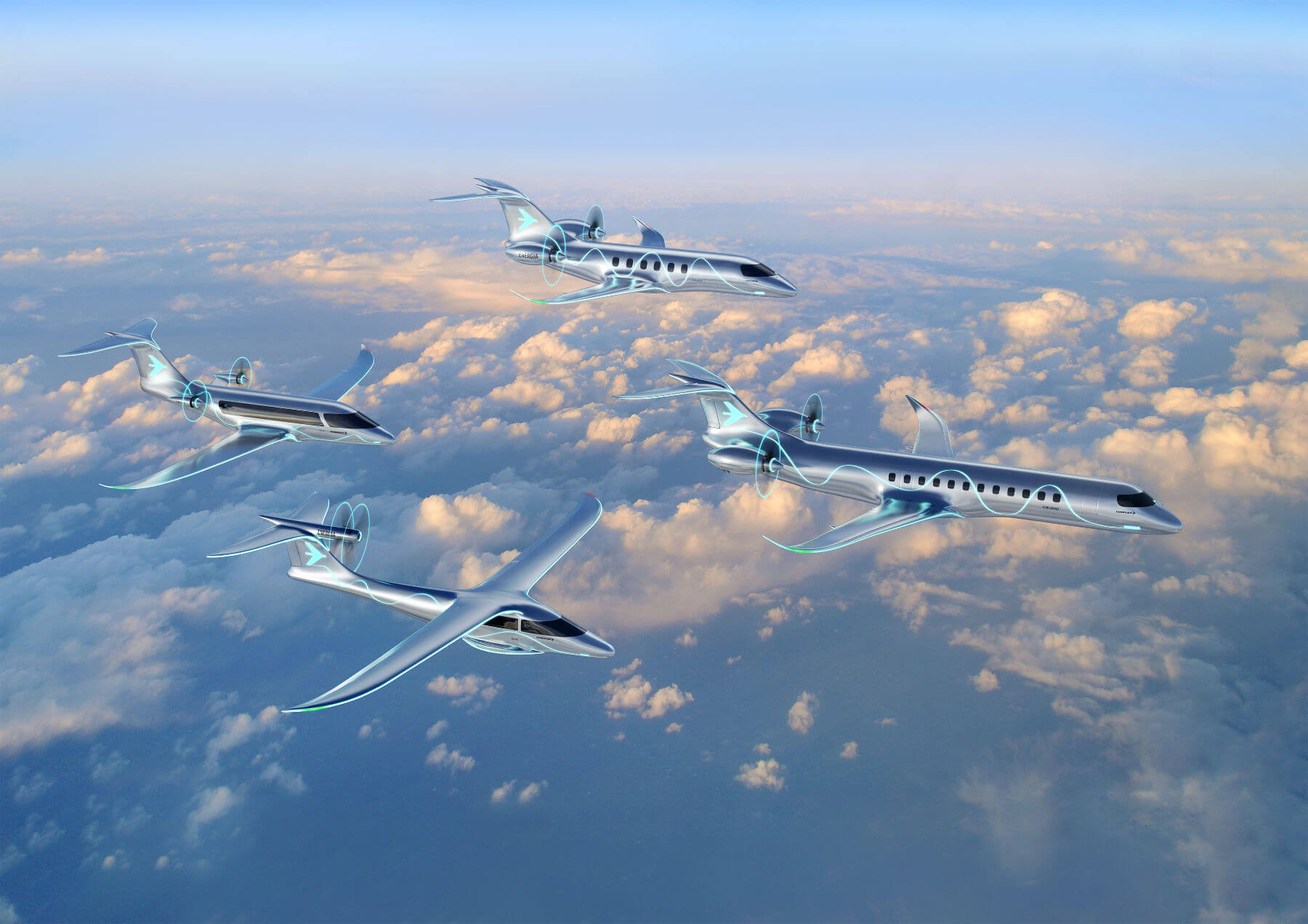 Figure 1. The Embraer Energia concept aircraft. A credible Sustainable Air Transport research program. Source: Embraer.
Figure 1. The Embraer Energia concept aircraft. A credible Sustainable Air Transport research program. Source: Embraer.
Pontifications: Bringing some reality on electric airplanes
Nov. 15, 2021, © Leeham News: The momentum and press about electric airplanes is spinning out of control.
Earlier this month, there was an article from one of the most respected news organizations by a reporter who apparently isn’t an aviation reporter that read like a press release from a start-up company. The normal beat reporter would never have been taken in by the hype.
The start-up claims there will be a battery-powered BAe 146 by 2027 with a 460-mile range. Aviation reporter Jason Rabinowitz had a field day on Twitter with the claim.
LNA’s Bjorn Fehrm wrote a long series about the technical challenges of battery-powered electric airplanes. Let’s now look at the market implications. Read more
Sustainable Aero Lab disqualifies “Greenwash” investments
By Bjorn Fehrm
August 25, 2021, ©. Leeham News: Times change and the use of words with it. Today, the hundreds of UAM Air Taxi projects talk about how “environmentally friendly” this mode of transportation is, and Boom’s Overture is “the most Sustainable supersonic airliner.” The aerospace media recently focused on how we now have “Space Travel for everyone (in possession of the necessary pocket change).”
The head of Sustainable Aero Lab, Stephan Uhrenbacher, disqualifies these investments in a study on where to invest in fixing air transport’s pressing problems: “The startups receiving the most attention in aerospace recently have been doing space travel and urban air taxis. While these products make for exiting flying objects and satisfy human desire, neither air taxis nor putting more people in space address the problem facing commercial aviation: Flying needs to become carbon-free. And this needs to happen much faster than most people in the industry believe. It opens room for startups to provide components for future aircraft or even entire planes, but also new modes of operation.”
Bjorn’s Corner: The challenges of airliner development. Part 13. Later in the Prelaunch Phase
July 23, 2021, ©. Leeham News: Last week, we went through the initial tasks in the Prelaunch Phase. We talked about Sales and Marketing activities, initial Concept development, and first Supplier contacts.
Now that time has passed, we are three quarters into our Program Plan (Figure 2), and we have to refine our Concept, select Suppliers, and dig deep into how to get Certification.
De-carbonisation of air transport is ON
By Bjorn Fehrm
July 20, 2021, © Leeham News: Last week was a game-changing week for air transport. Three events synchronized to trigger it.
EU presented 13 policies to achieve net-zero greenhouse gas emissions by 2050 with concrete steps in-between. On the same day, the airframe and engine OEM’s CTOs said in a Farnborough Connect webcast: “It’s a commitment problem, not a technical problem to achieve the EU goals.”
This happened against a backdrop of European floodings, which made all discussions about climate change or not moot. Super-organized Germany lost over 100 persons to typhoon like rains, never seen before, that produced scenes like these: https://twitter.com/Aviation_Intel/status/1416215953080205321?s=20
Bjorn’s Corner: The challenges of airliner development. Part 12. The Prelaunch Phase.
July 16, 2021, ©. Leeham News: Last week, we showed the first cut of an overall Program Plan for our 19 seat airliner project.
Now we discuss the Prelaunch Phase activities in more detail, including what type of knowledge, tools and resources we need to get on board for the project.
Bjorn’s Corner: The challenges of airliner development. Part 11. The Program Plan.
July 9, 2021, ©. Leeham News: Now that we have done the basic market research we should scope the program. To do this we need to understand what aircraft we will develop and to what certification rules.
Our market research tells us to develop a 19 seat aircraft that can operate as a passenger and/or cargo aircraft outside the US and as cargo aircraft in the US. This enables us to certify it to FAA Part 23 and the equivalent rules of other National Aviation Authorities where we want to sell the aircraft.





